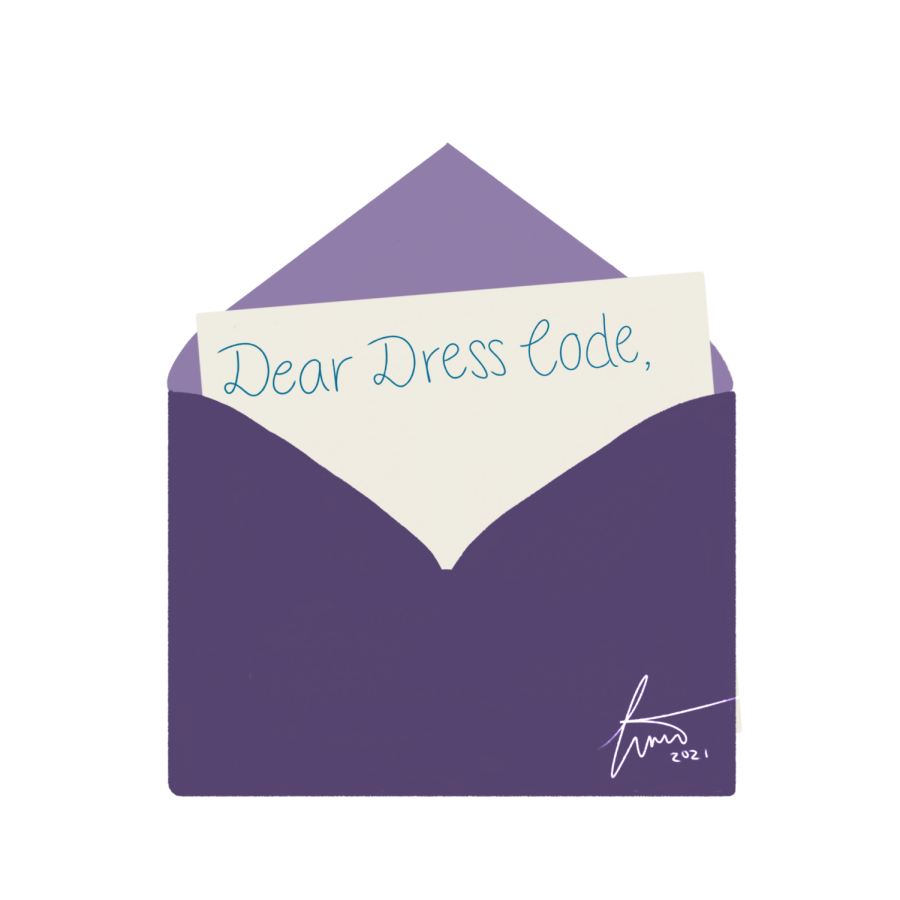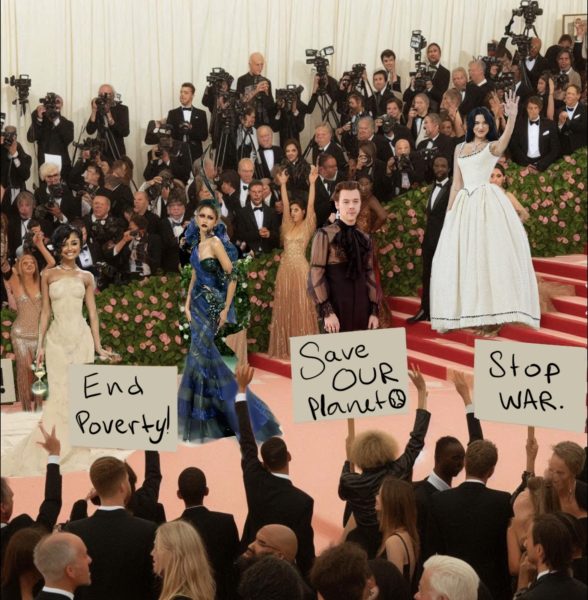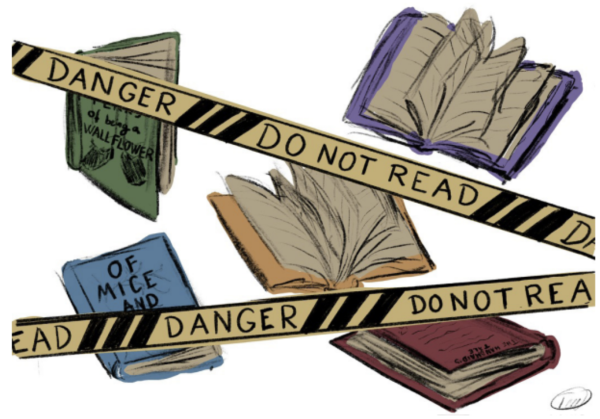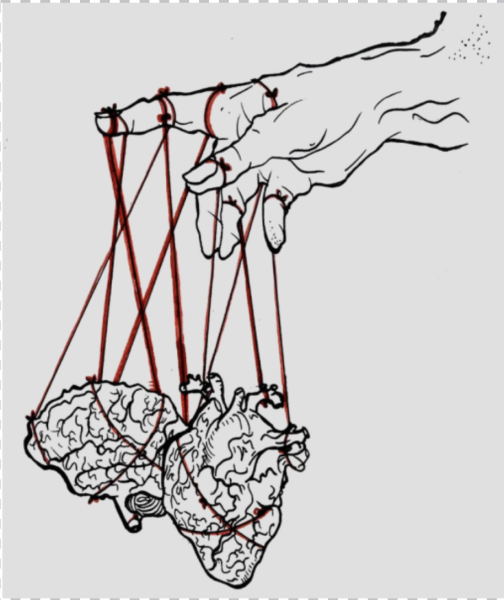Dear Dress Code
Dear Dress Code,
We’d like to wish you a happy 1st Birthday. 1st-and-a-few-months, at least. But there’s a problem we’d like to discuss with you. We think you might be being applied unfairly. See, gender comes into play with you, doesn’t it, but we think you may have taken that concept a little too far.
Shall we ask someone?
Ms. Gifford, one of your creators, recognizes this issue. “We had hoped to have a dress code that was really timeless,” she says, “that would just keep going even if fashion changes, but I think that students really want to get to wear the clothes they want to wear.”
However, that’s not the only problem. As Jaime, a student at ISL, said, “I’ve heard it’s hard to find a shirt that meets your bottom because of fashion these days.” Students want to be able to wear the clothing of their choice, but finding clothing acceptable by you is a prominent issue.
You know freedom, don’t you? Nobody quite knows what it means. But freedom makes its mark in all situations, no matter what people may claim. Students want freedom. Freedom to wear what they choose to wear. Freedom to make it through a day without the criticism of those trying to formulate an opinion of them based on the clothing they chose to wear.
A teacher at ISL believes that, “There is that kind of correlation between how people are dressed and then how they behave and their attitude.” Maybe students shouldn’t exactly have “freedom” if it’s affecting their ability to learn. But is it necessary for you to affect the way we are educated? Is that really what you’ve been doing to us?
Ms. Gifford disagrees. “We’re not trying to limit students’ freedom in any way.” But ‘trying’ isn’t always enough. As she went on to explain, “We’re not talking about modesty, or shame, or anything like that.” So what’s the problem?
Maybe our problem doesn’t have so much to do with bias or discrimination. Maybe we could find versions of you all over the world that are thousands of times worse. Mr. Foley said that he tried to stay out of the making of the dress code, because he does not like the idea of “old white men making decisions about girls’ clothing.” This, however, is the case in many places around the world. In many situations, you, Dress Code, are in place not to forbid inappropriate clothing, but to prevent distractions for boys and men.
We have to feel lucky that, at ISL, this is not our justification for your creation. Maybe our problem is more so that we do not know how you can be improved. From Mr. Foley’s experiences, “90% of dress code conversations are to do with midriff.” Many teachers believe that you were “intentionally set out to not be gender-specific but the largest number of people impacted by the non-gender specific dress code is girls.”
Another ISL teacher said that she believed you to be gender-biased more in application than in writing, “because you always look at the top of girls and not of boys.” Maybe our problem isn’t in what rules you hold but in the way people enforce them.
But how do we make an already “non-gender specific dress code” non-gender specific in practice? The only way to forbid inappropriate clothing without banning all items, such as midriff-revealing tops, seems to be through measurement, which would be seriously objectifying girls. If we look at you subjectively, our method of applying you would vary for each student depending on their body type, which is much more unfair than your current state. Ms. Gifford added that “We’ve tried to word it in a way that nobody needs to feel ashamed of their bodies. We’re really just saying, “Your shirt’s not meeting your pants, can you change it?” and that’s as objective as we can make it.”
No one seems to know what to do. As Ms. Gifford said, “I can say one thing for sure, we’re not going to be measuring people.” How do we rewrite you, dear Dress Code, to make you objective, and yet fair as well? We, for one, believe that the answer doesn’t lie with you, but with the students.
Faith, a Year 11 student, said that you have, so far, remained the same because “[the school] doesn’t trust us. With the dress code, there needs to be a certain amount of trust.”
If the teachers could trust the students to apply you in an acceptable manner, something that most of us are already doing, perhaps your wording could be altered, just slightly, to make for a more liberal and gender-neutral Dress Code. Maybe we’ve got the wrong suspect.
XOXO
Students Hoping for Change

I am a year 12 Swiss-Indian student at ISL. Although I've been at ISL for 13 years, I've been with The High for two years. My interests lie in STEM, specifically...

I am an American Year 12 who has always adored anything to do with creativity—writing, drawing, theatre, you name it (although I do warn you that any...

I am a 17 year old American-Indian student going to ISL, and have been a part of The High for 4 years now. Though I claim to be the least creative person...





